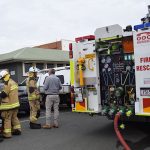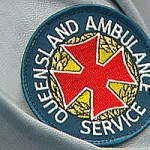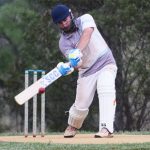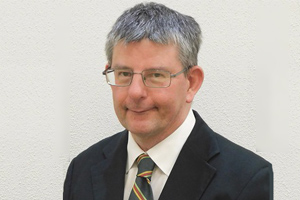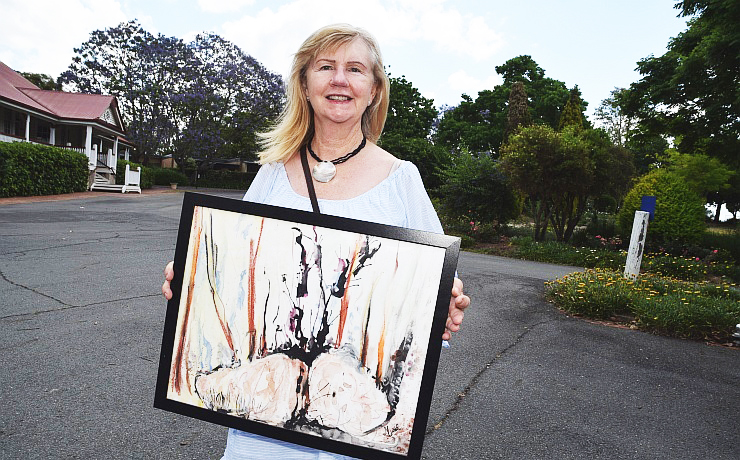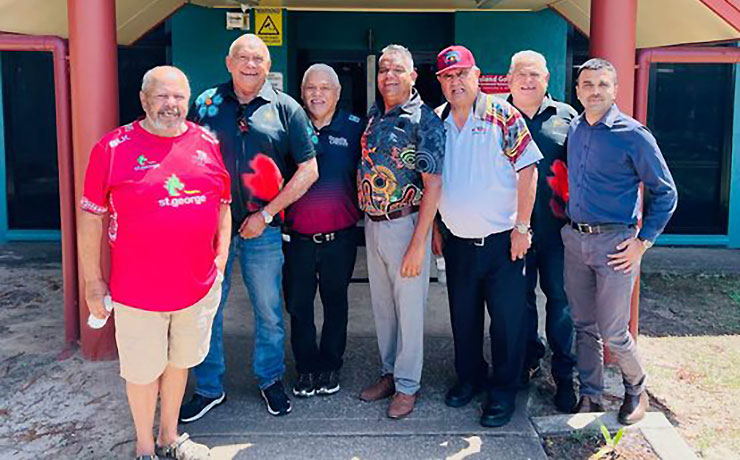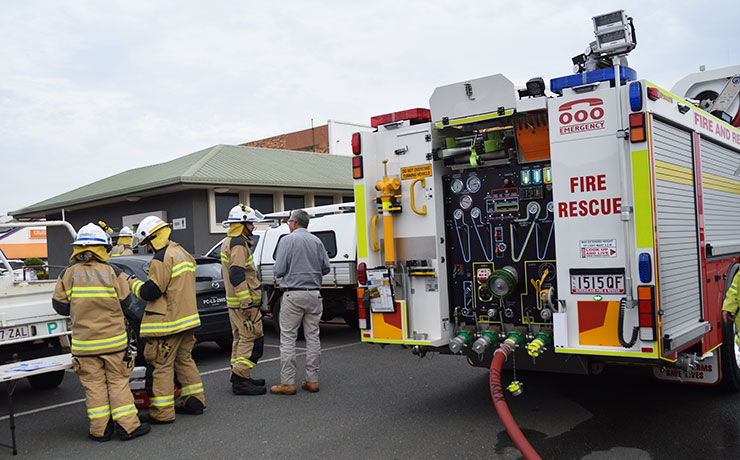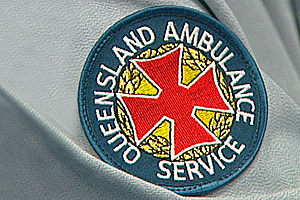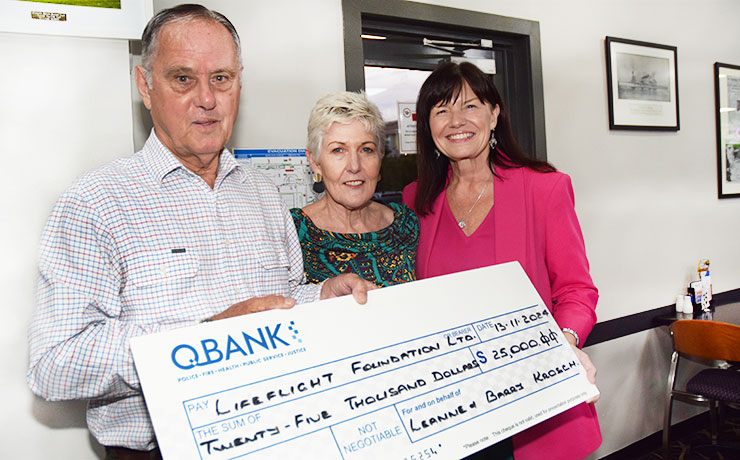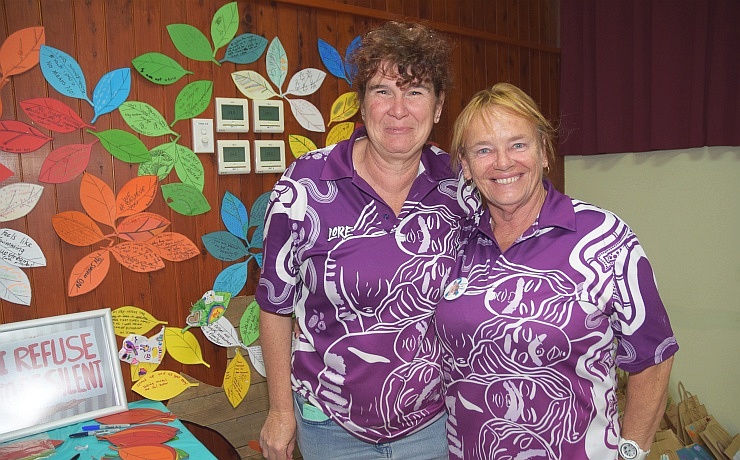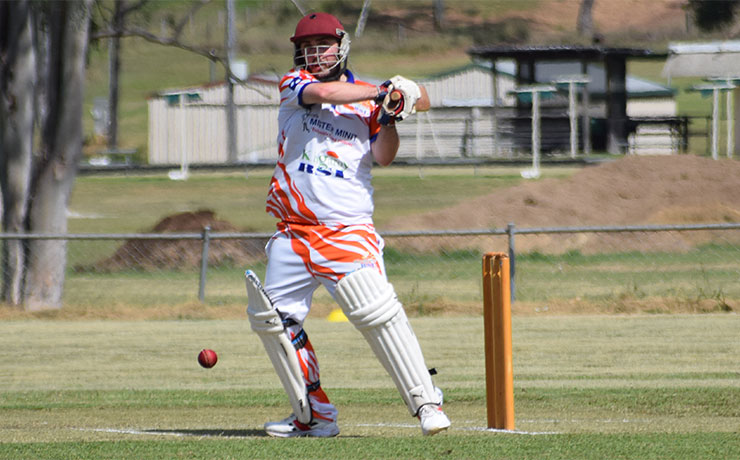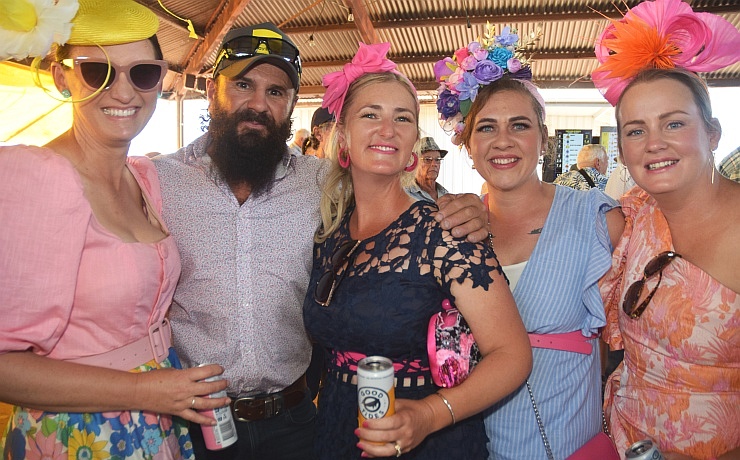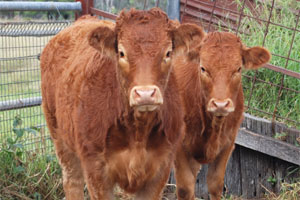
May 23, 2013
The State Government has released the results of its audit of agricultural land in Queensland.
Agriculture Minister John McVeigh said to achieve the goal of doubling Queensland food production by 2040, the government needed to identify the best land and how to develop it.
“The audit identifies land that is important to current and future agricultural production throughout the State,” he said.
“It is a key reference tool that will help guide investment in the agricultural sector and inform decision making to ensure the best use of our agricultural land in the future.”
Some highlights from the Audit include:
- The gross value of production for agriculture, fisheries and forestry in Queensland was $11.2 billion in 2010–11, which represented 21 per cent of Australia’s total gross value of production.
- In 2010–11 Queensland exported $6.3 billion worth of agriculture and food products.
- Queensland’s largest agricultural commodities by value are beef cattle (worth $3.4 billion in 2010–11), fruit and vegetables ($1.9 billion), sugarcane ($910.3 million), cotton ($776.1 million), wheat ($378.4 million) and poultry ($395.5 million).
- Queensland’s seasons are slightly different to the rest of Australia, which enables it to send produce south to complement southern supplies, thus creating niche markets.
- Queensland’s unique climatic areas, diverse production locations, well-acclimatised varieties and production methods result in good yields and high-quality products.
Mr McVeigh said decision makers did not previously have a single reference document on which to be informed.
“The audit will provide a range of useful information to help investors and to guide regional and local planning in the State,” he said.
“It has been more than 30 years since an equivalent study of this nature has been undertaken and during that time significant changes have occurred.”
A description of the South Burnett from the audit:
This area has a history of producing broadacre commodity crops such as peanuts, soybeans, navybeans, corn, sorghum, maize, wheat and barley. Large areas are also planted with fodder crops such as lucerne and forage. Soybean production in the area accounts for 23 per cent of the state’s value of production, 7 per cent for maize and 27 per cent for peanuts.
The processing of pigs in the South Burnett has grown noticeably, with the expansion and ongoing improvements to the state’s only dedicated pig processing facility in Kingaroy. Proximity to local grain supplies, access to Central Queensland and Darling Downs cropping regions, and access to processing and established production systems all combine to support a significant intensive livestock industry in this area.
Approximately 16 per cent of the State’s pig production (valued at $35.5 million) occurs in the South Burnett local government area. There are a number of large-scale feedlots also established in the northern parts of this area.
Production systems have changed over the past 10-15 years to include increased numbers of large-scale producers using existing but unused piggery facilities throughout the region. Developing existing facilities for growers who have opted to discontinue a farrow-to-finish production system has enabled large growers to expand without the need for large capital investment in new housing.
Accessibility to fodder and grain supplies also supports a local dairy production industry in the area, accounting for 4 per cent of the State’s total milk production (valued at $11.2 million).
- Download the Wide Bay Burnett audit report (70MB PDF – warning this is a large file)
- The full Queensland Agricultural Land Audit can be downloaded from the DAFF website






